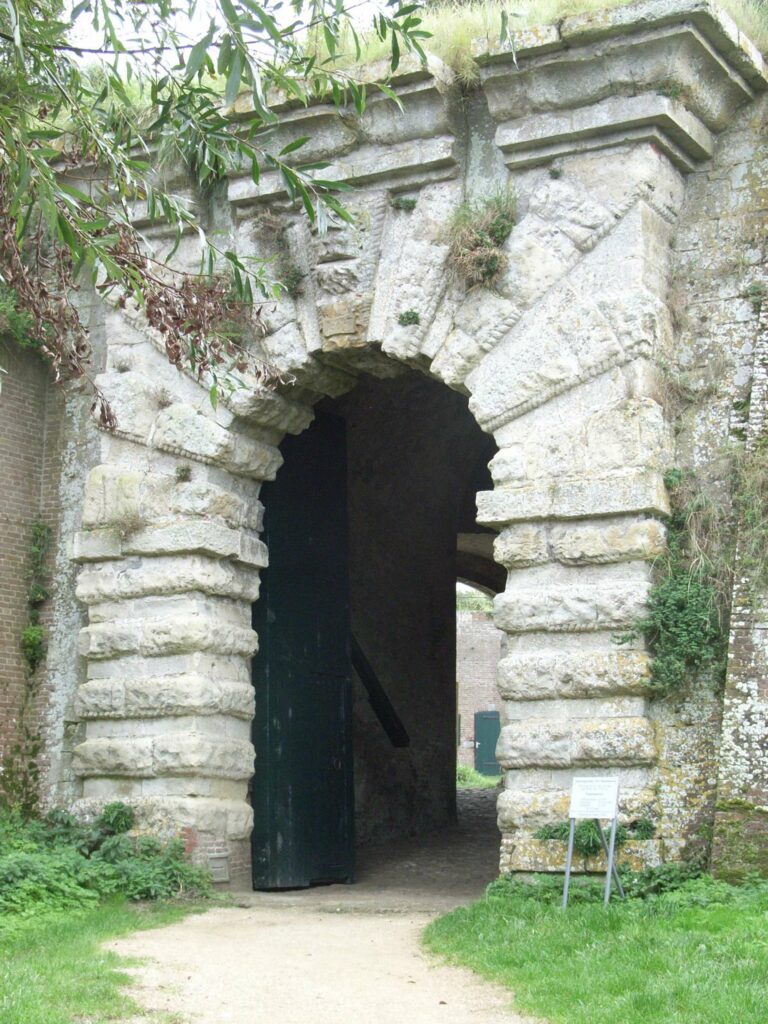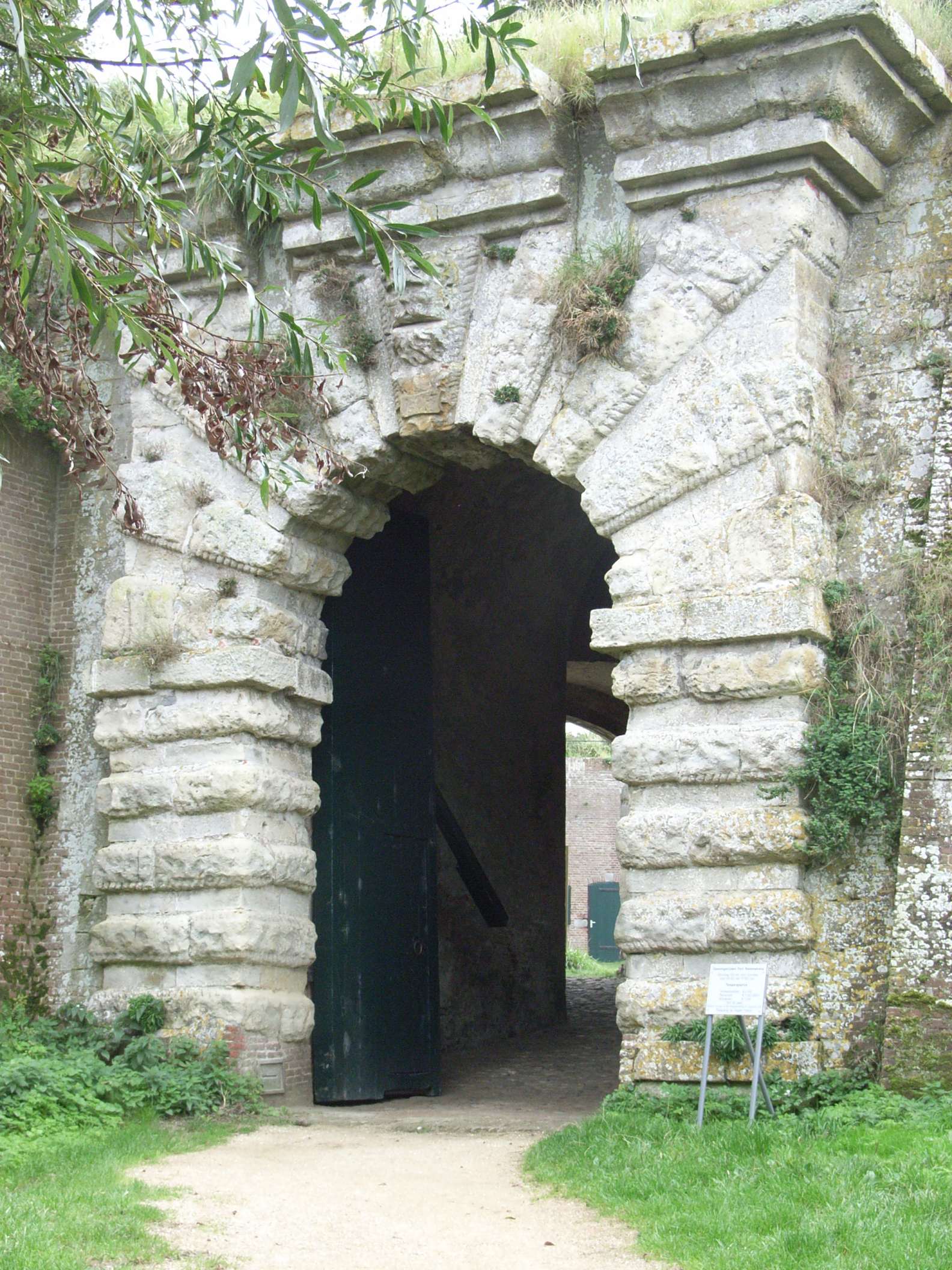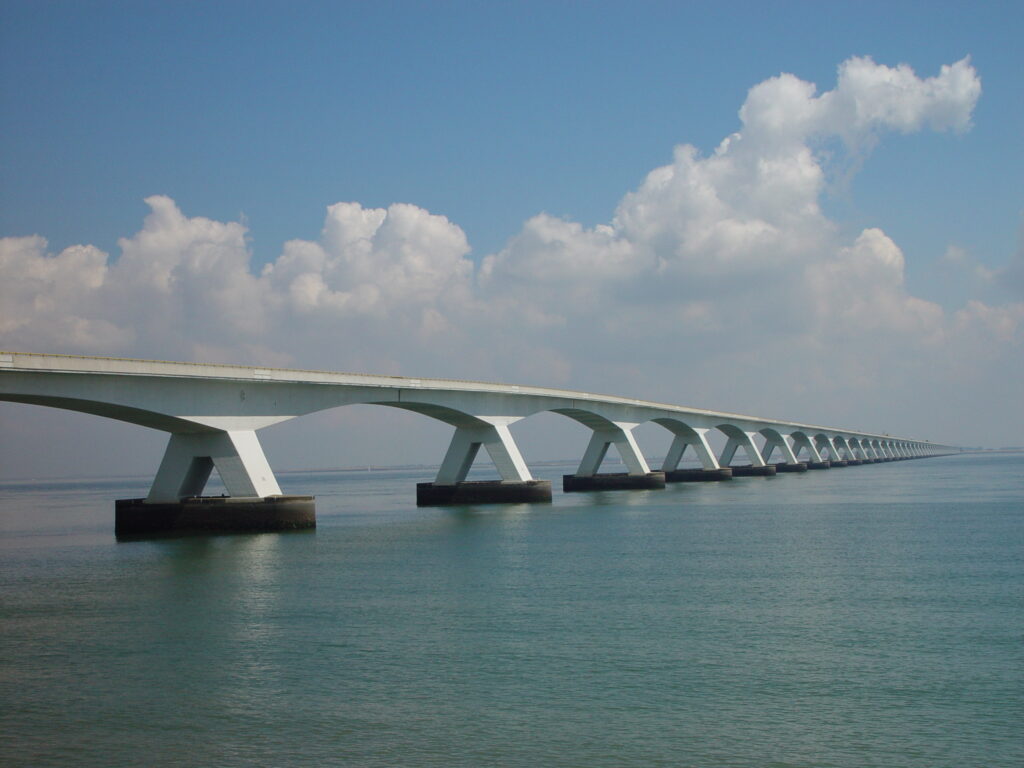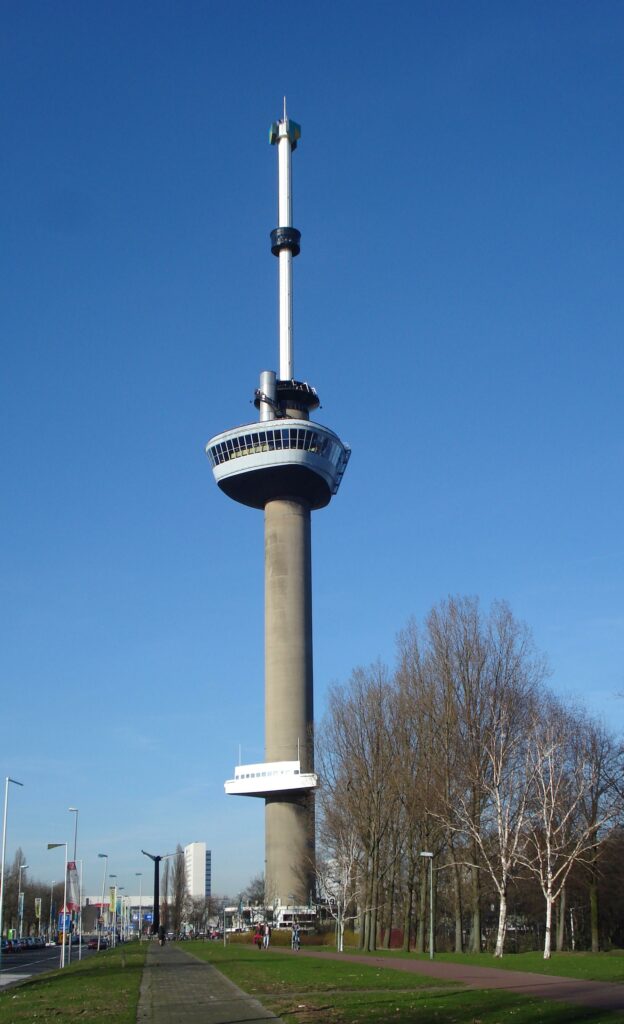
Located near Vlissingen, in the province of Zeeland, Fort Rammekens is considered the oldest sea fort in Western Europe. Built in the 16th century to protect access to the Scheldt and the ports of Antwerp and Middelburg, it combines military history, Renaissance architecture, and strategic heritage.
Galerie photos
History
The fort was built in 1547 on the orders of Mary of Hungary, governor of the Netherlands and sister of Charles V. Its role was crucial: to control the entrance to the Scheldt, an essential waterway for trade and defense. During the Eighty Years’ War, it changed hands several times, becoming a major point of contention between the Spanish, Dutch, and English. Between 1585 and 1616, it was even one of the “cautionary towns” handed over to England in exchange for military support.
Transformations
Over the centuries, Fort Rammekens was adapted and reused: as a hospital for sailors, a gunpowder depot, and a barracks. Napoleon had it restored and reinforced in the early 19th century. Abandoned as a military site in 1867, it was later given civilian uses, even hosting a mushroom farm.
World War II
Integrated into the German Atlantikwall defense system, the fort was damaged during Allied bombings in 1944, which caused flooding in the region. After the war, the dikes were repaired and the site was gradually restored.
Today
Now listed as a national monument, Fort Rammekens is managed by Staatsbosbeheer. It is open to visitors in summer, mainly on weekends, offering a fascinating insight into the military and maritime history of the Netherlands, along with stunning views over the Western Scheldt.





